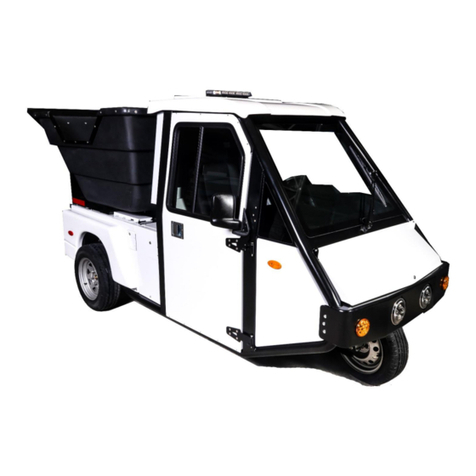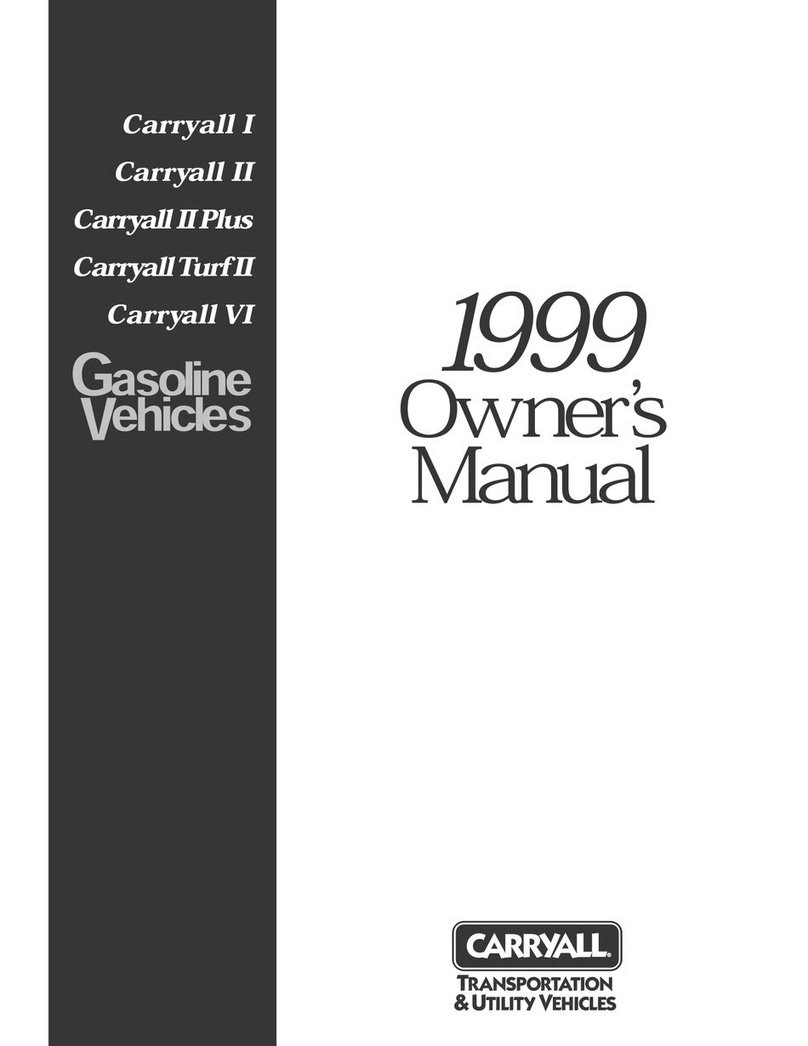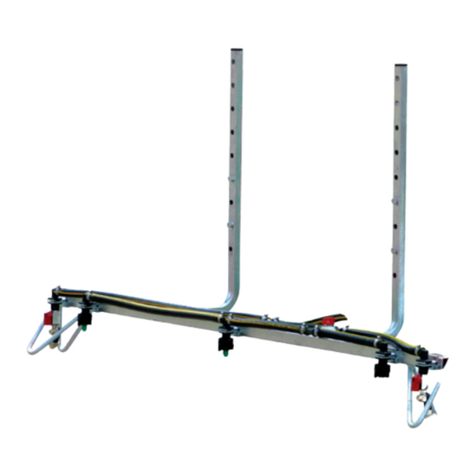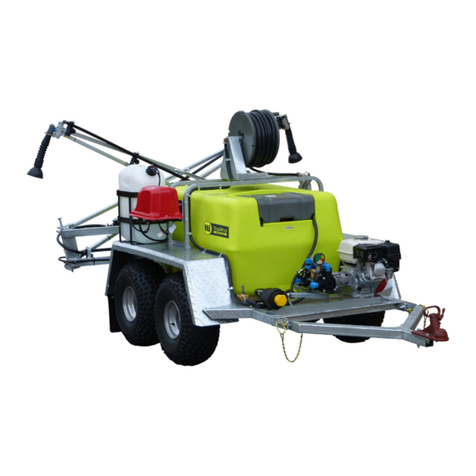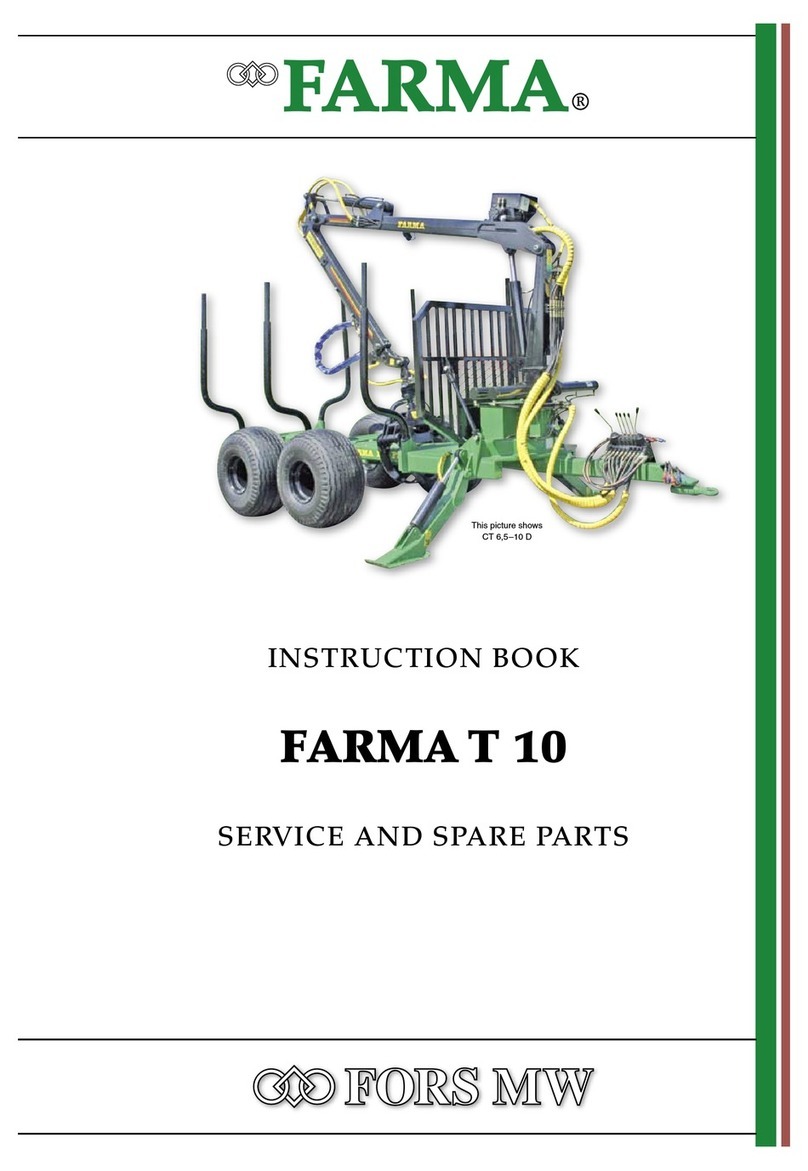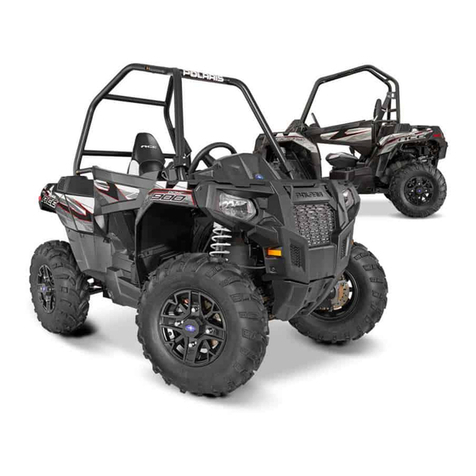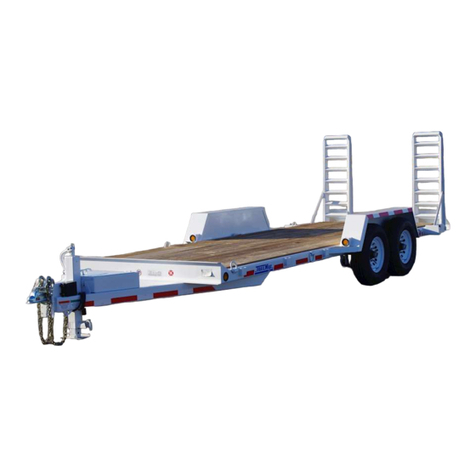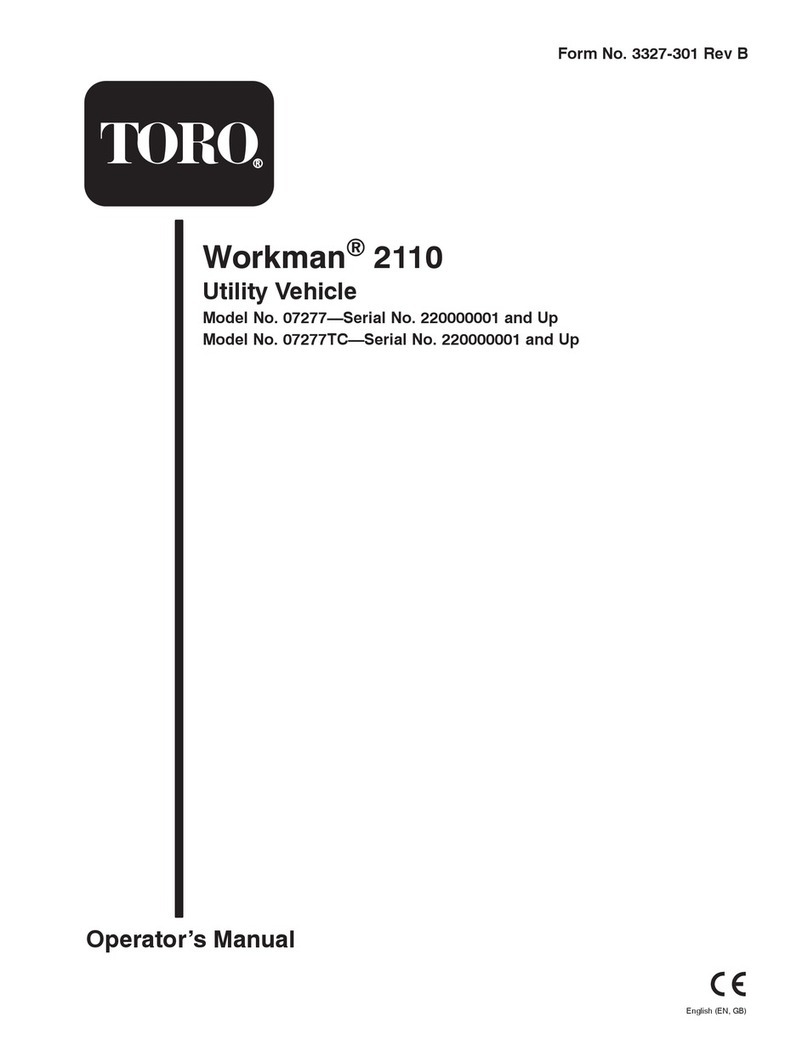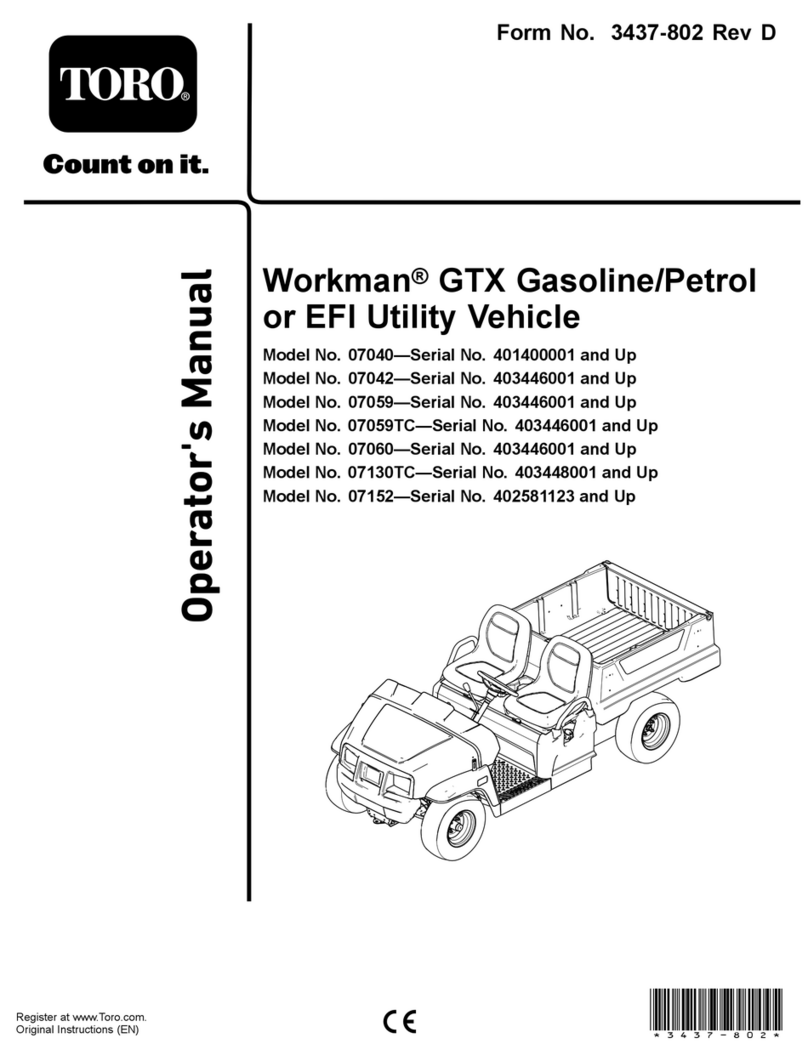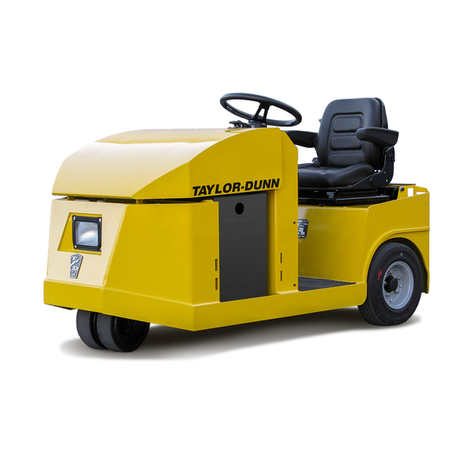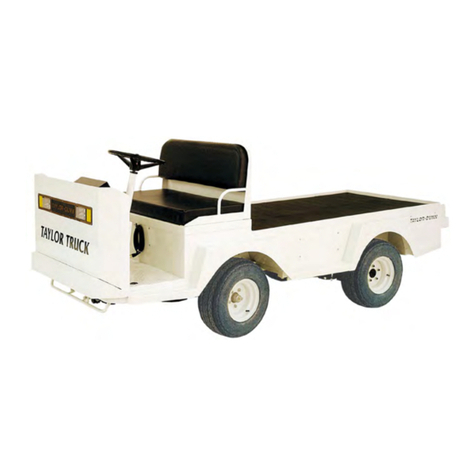
1800 816 277www.tti.com.au
4
Product HandBook
GlidePath™
General Safety Instructions
1. This unit is designed and manufactured solely for the purpose of carrying and spraying herbicides and
pesticides. Under no circumstances should it be used for any other purpose. It must never be used for
transporting fuel.
2. Only authorised and trained personnel are to operate this equipment. Operators must have read and fully
understood this manual before operating the GlidePath unit.
3. Do not operate the GlidePath anywhere near bystanders, livestock, watercourses or any non-targeted
vegetation that may be in danger from spray drift contamination.
4. Wind direction and speed must be taken into account, as windy conditions may endanger the operator or
damage to adjacent non-target vegetation. Avoid spraying on hot and sunny days or when wind speed
exceeds 6.5km/h.
5. Do not operate this equipment while under the influence of alcohol or any drugs that could impair your
capabilities in any way.
6. PPE appropriate to the chemicals being used must be worn at all times when operating the GlidePath.
As a minimum, the PPE should include coveralls, gloves and boots. A face shield and PVC apron are
recommended depending on the task. It is recommended that the following documents should be read
and understood by the operator:
• Australian Standard for Chemical protective clothing AS3765
• Australian Standard for Respiratory protection devices AS1715
7. Ensure the capacity of the tow vehicle is suitable for the loaded mass of the GlidePath. Refer to the
vehicle’s operator manual for safe working loads, correct securing points and relevant safety instructions.
Do not exceed the carrying and braking capacity as specified by the vehicle manufacturer. As a guide, one
litre of water weights one kilogram (kg), therefore a full 1,000 litre GlidePath will weigh in excess of 1,200kg
without options.
8. Care should be taken at all times, particularly when operating on rough or steep terrain. Drivers should be
aware of fluid surge affecting the vehicle’s centre of gravity.
Safety
This manual is intended for use by personnel experienced in the use of this and similar equipment. Read
and understand this manual before attempting to operate or perform routine maintenance on this equipment.
Your safety is of prime priority.
A WARNING highlights an essential operating or maintenance procedure,
practice, condition or statement, which, if not strictly observed, could result
in injury or death of personnel, or long-term health hazards.
A CAUTION highlights an essential operating or maintenance procedure,
practice, condition or statement, which, if not observed, could result in
damage or destruction of equipment.
A NOTE highlights or clarifies an essential systems description, operating or
maintenance procedure, condition or statement.


